Balnuaran of Clava
The Clava Cairns – or more correctly Balnuaran of Clava – is one of the best preserved Bronze Age burial sites in Scotland. There are three cairns here, two with passage ways aligned to the Midwinter sunset, and all with more subtle features, incorporated to reflect the importance of the South-west horizon.

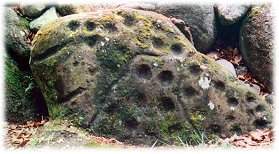
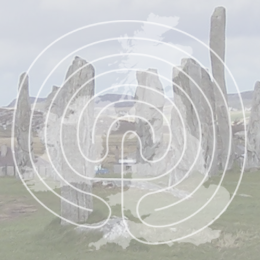

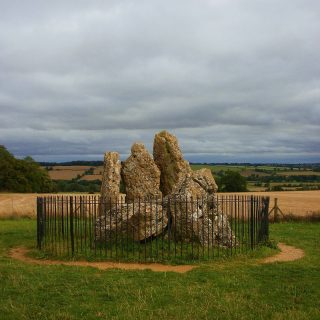
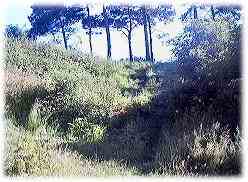
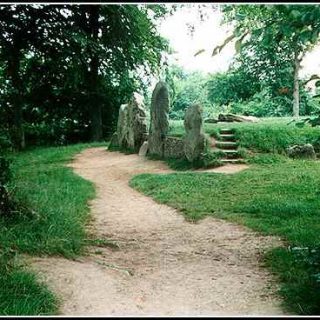
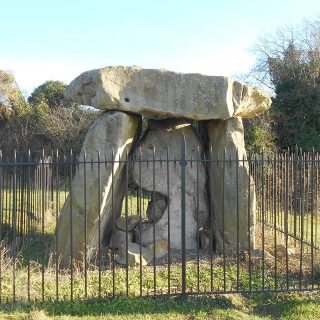
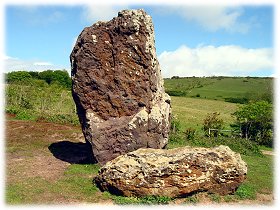
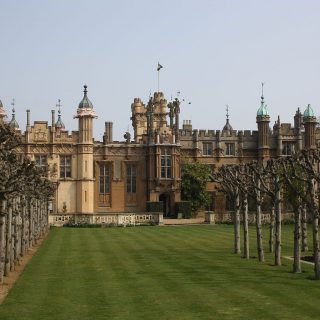
Recent Comments